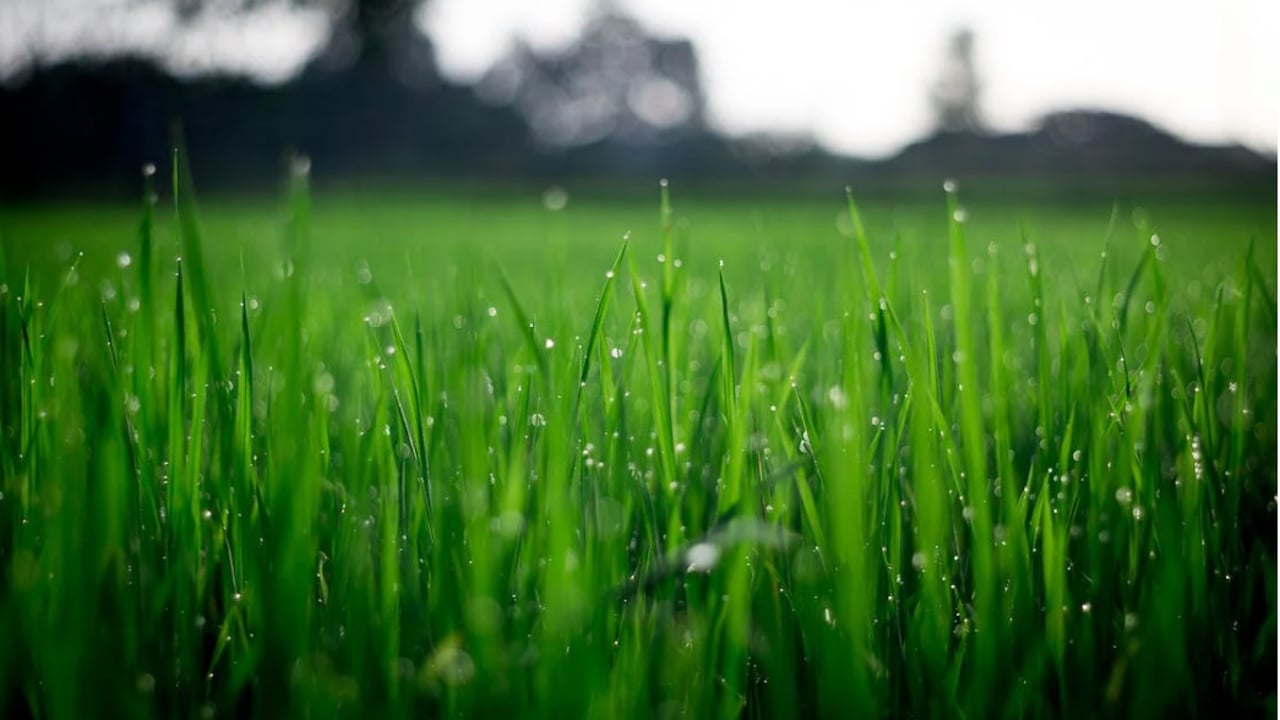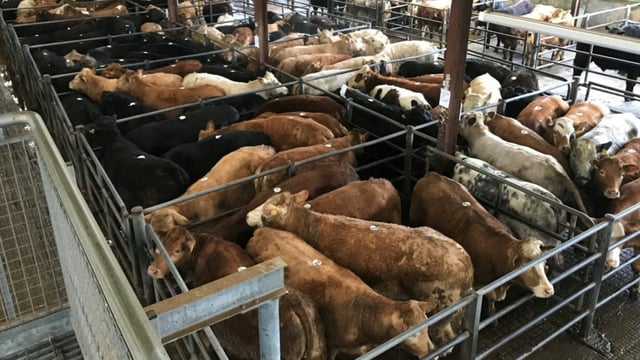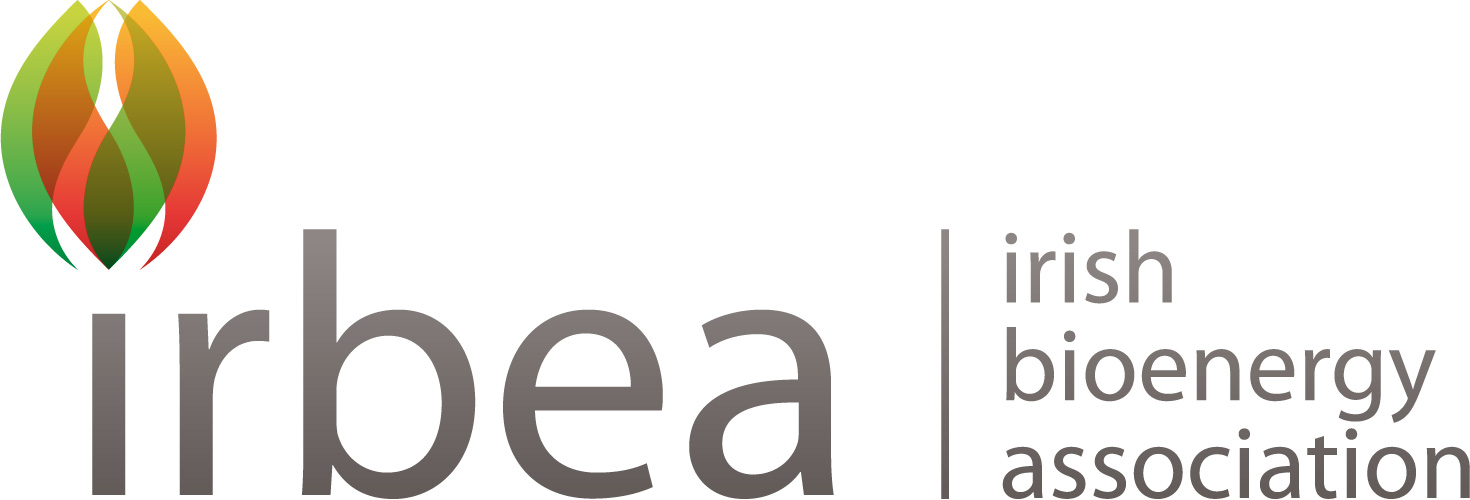Grass growth tells a tale of two halves this week
Close to half the country is currently experiencing surplus grass this week while others are still tight on their supply.
Many places along the west coast and in the northern half of the country experienced heavy rainfall over the weekend, with some fields even becoming waterlogged.
However, with the weather drying up again, these farms are experiencing boosted growth rates of anywhere between 55kg/dry matter (DM)/ha to 59kg/DM/ha.
Some farmers are reporting average farm covers of over 751kg/DM/ha, which is above the targeted 600-700kg/DM/ha, putting them in a heavy surplus.
These farms should be taking out heavy paddocks (ideally one or two) to cut for bales.
Farmers need to maintain 21-day rotations at this time of year, reducing concentrates to approximately 2kg to achieve grass intake of 18-19kg per cow.
The heaviest grass growth rates are currently in counties Mayo, Galway, Roscommon, and Sligo.
In the other half of the country, primarily along the southern coast, farmers are reporting tight grass supplies with limited rainfall over the past couple of weeks.
Areas struggling for grass growth include counties Cork, Waterford, Wexford, Kilkenny, and Carlow.
Average farm cover across these farms is at a low of 511kg/DM/ha as growth rates fall to 47kg/DM/ha.
Current grass demand is roughly 51kg/DM/ha, meaning many of these farms are currently in a deficit.
These farms need to extend their grazing rotations as far as 25 days where possible to regain a sustainable farm cover of over 550kg/DM/ha.
Farmers have been advised to increase concentrate levels being fed in the parlor to supplement the diet.
According to Pasturebase Ireland, the typical diet across the country is still 15kg of grass DM and 4kg of meal, with pre-grazing covers at 1,502kg DM/ha.
Farmers are also advised to remove any non-lactating stock, including heifers and calves off the dairy platform.
Farmers must keep up-to-date with their fertiliser applications, especially with predicted showers increasing growth rates across the country.
Paddocks with over 20% clover content do not need to have any nitrogen applied - however dairy washings will boost performance.
Farmers who knocked their second cuts recently, but have not yet applied any fertiliser should spread approximately 50-60 units of nitrogen per acre, if their nutrient management plan allows them.
Remembering to get sufficient phosphorus and potassium out at this time of the year is also important.
Farmers should utilise any leftover slurry and refer to soil tests for the best areas to spread.






